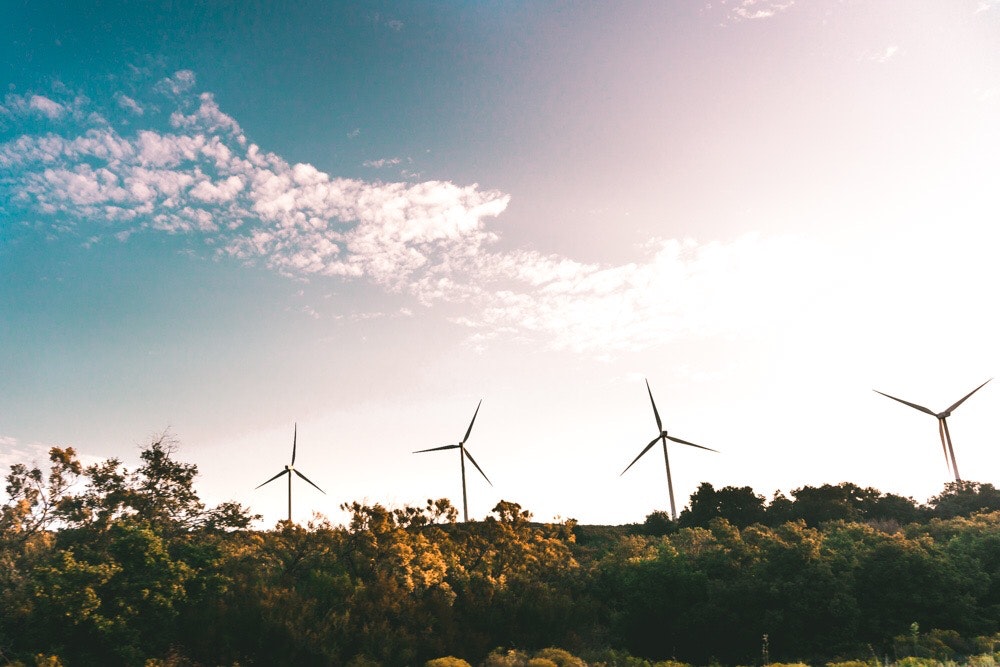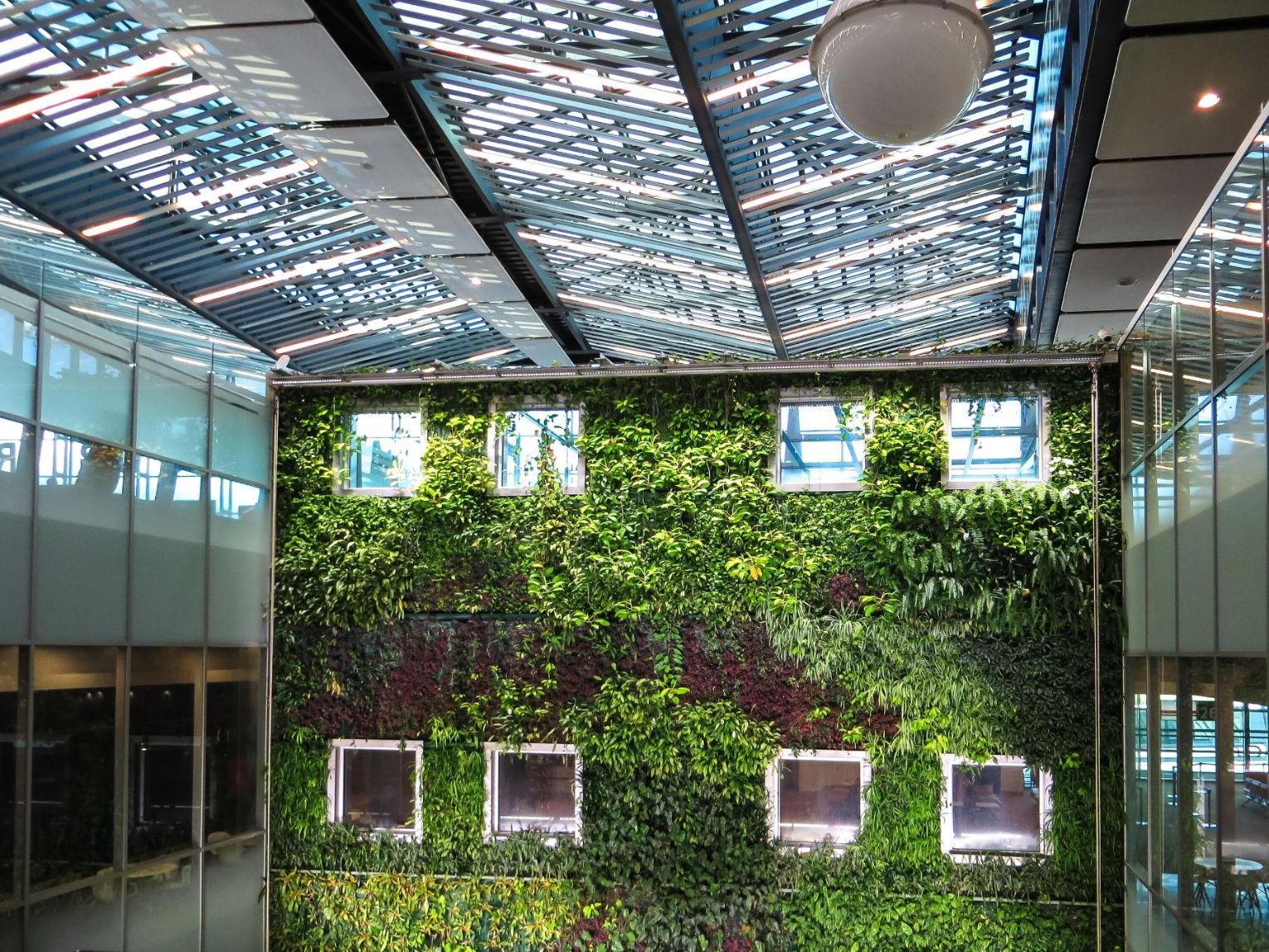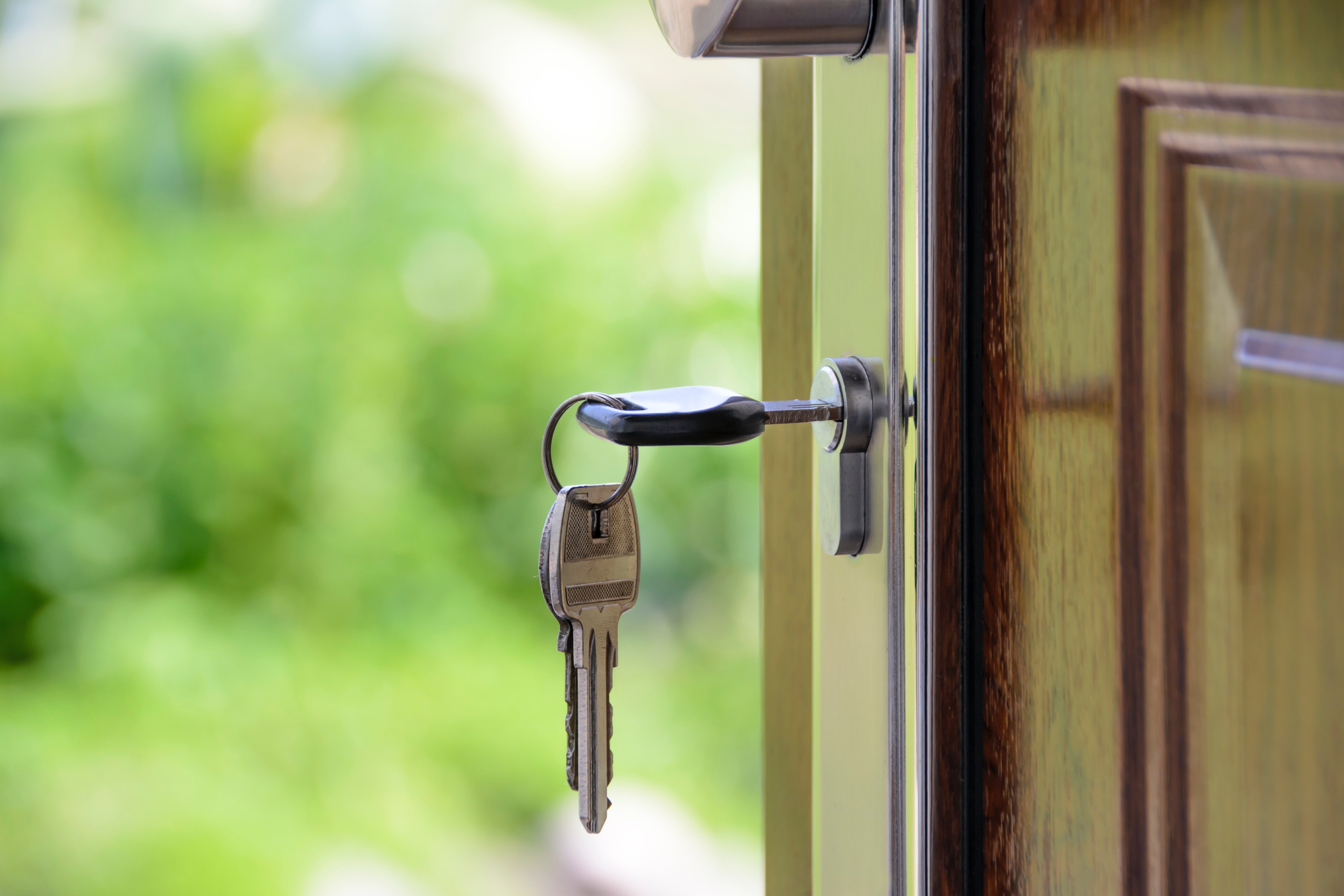Socio-Environmental Justice and Land Use Trade-Offs
Any intervention in the urban space will have a range of intended and unintended social, environmental and economic consequences. Such impacts are highly context specific but some general tensions regarding NBS can be identified:
Green gentrification: The term “green gentrification” has emerged to reflect the potential negative impacts of urban restoration. Green gentrification is a difficult challenge as an important justification for investment in NBS is often the regeneration of urban space. With increasing attractiveness, the inevitable consequence is an increased demand in housing and the associated cost. In the context of financing NBS, a central argument (or at least a highlighted co-benefit) for developers to integrate NBS into their plans, is the likely increase in rents over time. This can lead to social exclusion and increasing inequality gaps, at times more strongly affecting those residents for which the green intervention was actually meant to be beneficial. This presents a significant challenge for planners to increase the integration of NBS and facilitate urban regeneration, while managing the potential negative social impacts of these interventions.
Uneven distribution of NBS: There are a range of reasons for which cities might deploy NBS and their target areas for implementation usually reflect the challenges they are intended to address. For example, NBS interventions will often target areas that are more prone to flooding or urban heat islands. This can lead to an unequal distribution of the green space within the city if the strategy is not aligned with mechanisms to support green space equality. Lower socioeconomic areas are often associated with higher impacts of both air pollution and urban heat islands. This highlights the potential for the city to address socioeconomic disparities whilst addressing urban challenges related to climate change and ongoing urbanisation at the same time if an integrated strategy is established.
Competition for land resource (building compact cities vs green space accessibility): With a rapidly growing population, many cities follow the concept of creating a compact city with short distances between services. The wider goal of this vision is to lower the environmental footprint of the city and create sustainable communities by reducing the distances between points of interest, and establishing a critical mass of citizens in a given area (to justify the existence of bus stops, schools, supermarkets, etc.). Such an approach includes high density building, urban infill and functional mix, reducing car dependency and urban sprawl. However, a focus on urban infill creates competition for space and puts increasing pressure on existing green spaces. This is intensified in cities experiencing rapid growth, as pressure for housing becomes a highly political issue and a central priority. Therefore, planners face the challenge of ensuring a compact city while maintaining existing and creating new green and blue spaces.
Ecosystem disservices: Ecosystem services play a central role in justifying investments in NBS. However, some negative impacts of increasing nature in the city has led to the emergence of the term “ecosystem disservices”. Examples of this include planted trees intensifying allergies and urban wetlands increasing mosquito populations, as well as a potential for increased water consumption and the emission of greenhouse gases by constructed stormwater treatment wetlands. Infrastructure damage by tree roots and increased maintenance can lead to additional costs. These aspects are often unavoidable and negative consequences are usually strongly outweighed by the long-term benefits, but it is important that they are taken into account when considering the development of NBS to avoid potential backlashes.

Governance-related actionfields to support NBS uptake
Mechanisms to influence housing prices
A potential step to counteract (green) gentrification is to use mechanisms to influence housing prices so they can remain affordable for certain groups. Many cities around the world have already experimented with different interventions to try to limit the displacement of long-term residents.







